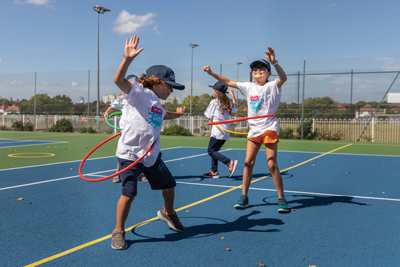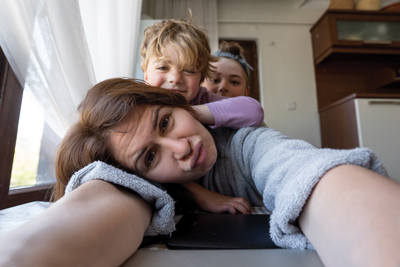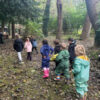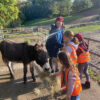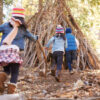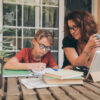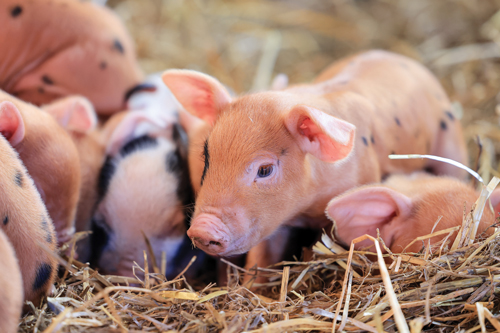
by Nicola Henderson
Godstone Farm
Amongst the hustle and bustle of a busy attraction, there’s often work behind the scenes that visitors don’t see or appreciate. Welcome to a world where hard work can indeed be fun, where the welfare of animals reigns supreme and the bond between human and animal is fascinating.
Contrary to popular belief, the life of a livestock worker is not merely about mucking out, getting muddy and driving around in a tractor. It is about forging connections – building trust with our four-legged friends and fostering an environment where they thrive. Every stroke of the brush, every scoop of feed, is an opportunity to nurture this bond, reminding us of the huge part we play in the lives of these creatures.
Let’s go down on the farm and take a look at a typical day:
7.30am: As the sun climbs overhead, and the animals are waking up, the first shift of workers arrive at the farm – this assumes it’s a ‘quiet’ time of the year, and there’s no lambing or other babies due to be born. First job of the day is to open all enclosures, cages, hutches and sheds. The animals are locked away safely at night due to the continual threat of hungry foxes.
8.30am: The hungry animals receive breakfast, fresh water and a visual check. The visual check ensures the animals are acting as they should, have no cuts or abrasions and are moving around well. This time is a chance for the animals to familiarise themselves with their care givers once again and build on previously built trust. Many of the smaller animals will be handled regularly to ensure they are comfortable should any first aid or medicine need to be administered in the future. Larger animals are handled too but often with four feet still on the ground, and with two or more workers to ensure everyone’s safety.
10am: The cleaning starts! Some animals will get a spot clean, others will be due for a full muck out – it’s not hard to guess that the smelliest of all are the pigs! Mucking out isn’t just to ensure the enclosure is clean to look at and smells fresh, it also ensures the welfare of the animals. A dirty environment can contribute towards skin conditions, foot issues and spread of infectious diseases. After removing all soiled straw, pens are disinfected, and then new bedding is laid. You’ll often see the animals return to a clean bed and have a good sniff or roll around, it’s their sign of appreciation! This time spent mucking out is another opportunity to strengthen the bond between human and animal, inquisitive characters will often want to ‘help’ and it’s not unusual to see a pig steal a broom or a pony with its head in the wheelbarrow.
As the team make their way around the farm cleaning and caring for livestock, they also need to ensure the customer facing areas of the farm are ready. Customer facing areas include those where up-close interactions happen, where a trail can be followed and where bespoke experiences take place.
11.30am: The hay run! With bags piled high with hay the tractor embarks on a journey to those harder to reach areas, the further afield fields, where sheep, cows, goats and horses graze. It’s a fun part of the job, using a vehicle to get around but it can be a challenge in wet weather when the fields get muddy.
1pm: After the wheelbarrows are emptied, the paths are swept, and the buckets are washed its finally time for lunch! This is the human’s lunch time, most animals don’t get lunch, only breakfast and dinner, unless they are on medication or have a very special diet. With such physical exertion the livestock team will enjoy a hearty lunch, often microwaving leftovers and filling up on treats bought by the management team. They are particularly partial to a donut or cupcake, and it can’t be denied that they burn off the calories!
1.30pm: It’s time to get ready for any behind the scenes experiences that day – this might be the chance for budding young farmers to work with the team, or for grown-ups to feed the meerkats. For example, if the meerkats are being fed by special visitors, then a gourmet snack will be prepared, this will be tasty grubs and worms. The visitors will get to sit inside the enclosure and feed the meerkats via tongs (just in case of any fingers that look remarkably like worms). Whilst a farm will prioritise its animals living as nature intended, in genuine habitats and won’t want all its animals to be tame, some experiences do help ensure that the animals aren’t fearful of human contact. This is especially helpful if they are taken unwell. Have you ever tried to catch a wild meerkat?!
4pm: After time spent imparting knowledge and engaging with customers, it’s back to the heavy and dirty work. Most of the animals require an evening feed. This is an opportunity for a further visual check (in depth health checks are done routinely as well) and water will be replenished. Unless it’s a particularly hot evening each animal will be put to bed after their dinner, but only once their bed has been checked for extra comfiness. Animals are kept for many reasons, but generally a lot of the animals in a farm attraction will be pets and everyone will have their favourites of course!
5-6pm: Depending on the time of year the livestock workers finish their day and head home for a well-deserved bath and rest. It all starts again tomorrow. Animals need caring for 24/7, 365 days a year so taking on a farm, smallholding or even a family pet is a decision to be well considered.
Godstone Farm enjoys welcoming customers to visit their many animals with engagement and education at its heart. The farm often recruits for roles working with the livestock team but can also offer advice for anyone lookingto keep an animal as a pet. www.godstonefarm.co.uk

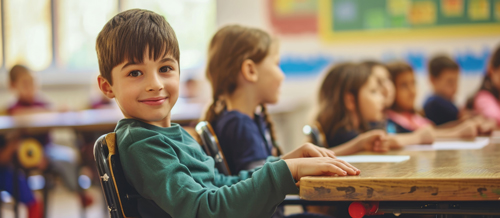
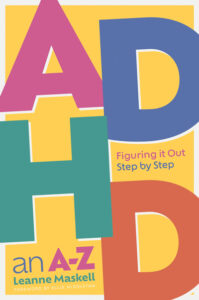 ave time to figure it out together!
ave time to figure it out together!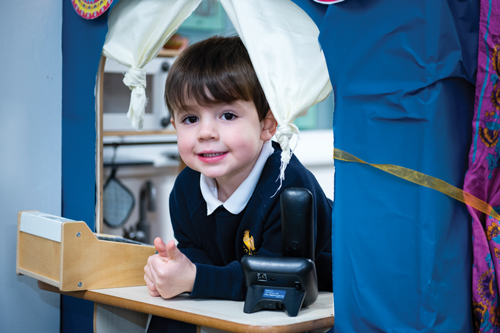

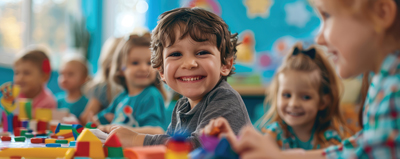

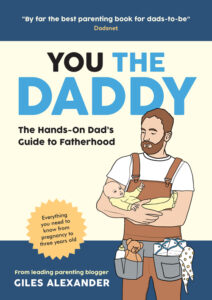
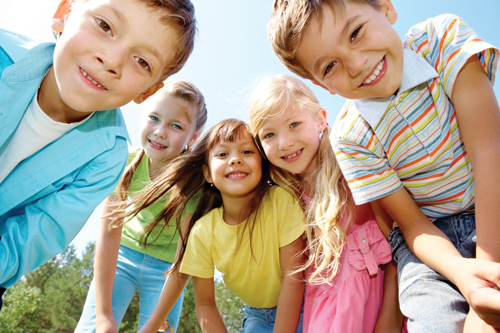
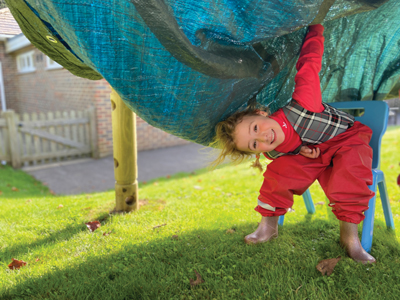
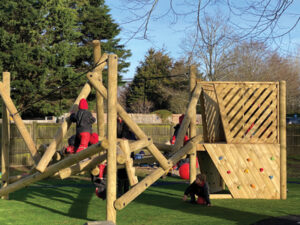 The ability to write is an essential skill to learn and a tool for life. It is interesting to understand that developing children’s upper body strength is essential to help them control their hands and fingers. This is because there is a strength domino effect which starts at the top: once children can control the large muscle groups of the shoulder, upper back and core, they are able to exert more control on their upper and lower arm, which in turn enables them to control their hand well, before finally achieving fine motor control in the fingers. By climbing, pulling themselves up and hanging down, the muscles in the shoulder are well exercised and this has huge benefits for handwriting and, as they grow older, handwriting at speed.
The ability to write is an essential skill to learn and a tool for life. It is interesting to understand that developing children’s upper body strength is essential to help them control their hands and fingers. This is because there is a strength domino effect which starts at the top: once children can control the large muscle groups of the shoulder, upper back and core, they are able to exert more control on their upper and lower arm, which in turn enables them to control their hand well, before finally achieving fine motor control in the fingers. By climbing, pulling themselves up and hanging down, the muscles in the shoulder are well exercised and this has huge benefits for handwriting and, as they grow older, handwriting at speed.